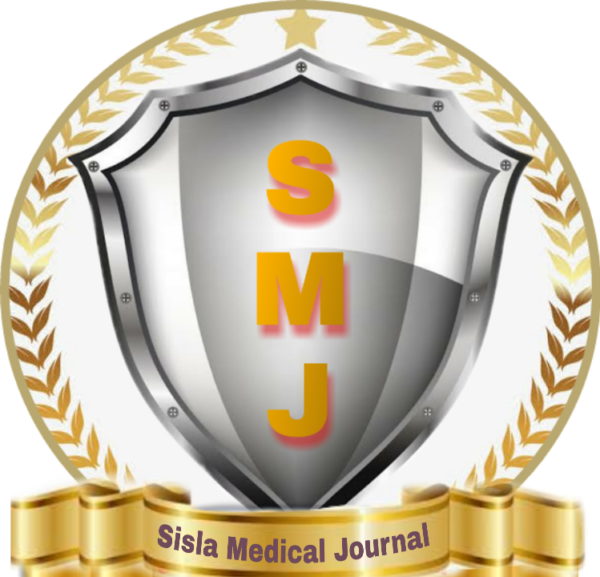Editorial
Time to Include Internet Addiction in the Official Classification of Psychiatry
Suprakash Chaudhury*, Swaleha Mujawar, Daniel Saldanha
Deparment of Psychiatry, Dr DY Patil Medical College, Hospital & Research Centre, India
*Corresponding author: Suprakash Chaudhury, Deparment of Psychiatry, Dr DY Patil Medical College, Hospital & Research Centre, India.
Received: February 20, 2021; Published: March 30, 2021
Editorial
An addictive behaviour is characterized by six core components of: salience, mood modification, tolerance, withdrawal symptoms, conflict, and relapse. Any behaviour that fulfils these six criteria is considered as an addiction [1]. Internet Addiction (IA disorder, Internet dependence, pathological Internet use, problematic Internet use, compulsive Internet use) is an increasingly prevalent phenomenon which affects not only an individual’s social but also psychological life. All the features of addictions, like salience, compulsive use (loss of control), the alleviation of distress, tolerance and withdrawal, mood modification, and the continuation despite negative consequences are observed in IA [2]. Based on Davis’ cognitive-behavioral model of IA, Caplan suggested that individuals with psychiatric problems may favour online interaction over face-to-face communication as it is easier to offset their social skill deficiencies [3,4]. Some people use the net to cope with loneliness anxiety, depression, [5] or to escape mental problems [6]. Subsequently this may lead to dependence [7]. A study of 209 university students in Turkey revealed that male students
who spend longer on the web and use Internet for communication are more likely to obtain higher IA scores. IA is related to depression, [8] loneliness and shyness, [9] lower resilience and self-efficacy [2] lower self-esteem and lower satisfaction with life [10].
References
- Griffiths MDA (2005) “Components’ model of addiction within a biopsychosocial framework”. J Subst Abuse 10: 191-197.
- Simsek E, Sali JB (2014) “The Role of Internet Addiction and Social Media Membership on University Students’ Psychological Capital”. CET 5: 239-256
- Davis R A (2001) “A cognitive-behavioral model of pathological internet use”. Computers in Human Behavior 17: 187-195.
- Caplan SE (2003) “Preference for online social interaction: A theory of problematic
internet use and psychosocial well-being”. Communic Res 30: 625-648. - Muñoz-Rivas MJ, Fernández L, GámezGuadix M (2010) “Analysis of the indicators
of pathological Internet use in Spanish University students”. Span J Psychol 13:697-707. - Morahan-Martin, J, Schumacher P (2000) “Incidence and correlates of pathological internet use among college students”. Comput. Hum. Behav 16: 13-29.
- LaRose R, Lin C A, Eastin MS (2009) “Unregulated Internet usage: Addiction, habit, or deficient self-regulation?”. Media Psychol 5: 225-253.
- Young KS, Rogers RC (1998) “The Relationship between depression and internet addiction”. Cyberpsychol Behav 1: 25-28.
- Eroglu M, Pamuk M, Pamuk K (2013) “Investigation of problematic internet usage of university students with psychosocial levels at different levels”. Procedia Soc Behav Sci 103: 551-557.
- Spraggins A (2009) “Problematic use of online social networking sites for college
students: Prevalence, predictors and association with well-being. (Unpublished
doctoral dissertation)”. University of Florida, Gainesville, FL.
Citation:
Suprakash Chaudhury., et al. (2021) “Time to Include Internet Addiction in the Official
Classification of Psychiatry.” Sis Med Psy Neuro J 1(1): 01-03.
Copyright: © 2021 Suprakash Chaudhury., et al This is an open-access article distributed under the terms of the Creative Commons Attribution License, which permits unrestricted use, distribution, and reproduction in any medium, provided the original author and source are credited.
